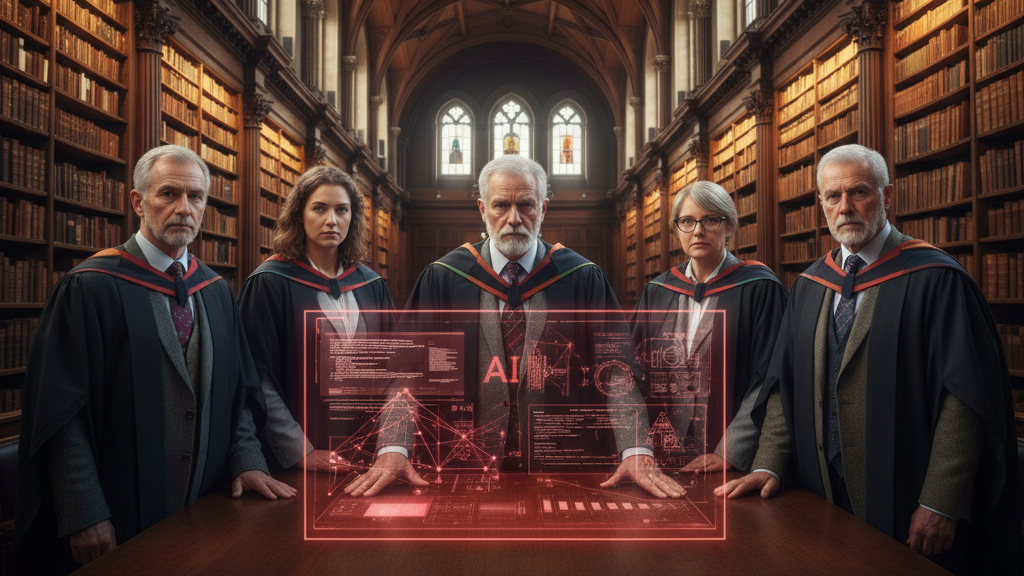
Source
The Conversation
Summary
Robert Diab argues that the release of OpenAI’s Sora 2—a text-to-video model capable of generating ultra-realistic footage—has reignited urgent debate about AI’s environmental costs. While Sora 2’s creative potential is striking, its vast energy and water demands highlight the ecological footprint of large-scale AI. Data centres already consume around 1.5 % of global electricity, projected to double by 2030, with AI accounting for much of that growth. Competing narratives frame AI as either an ecological threat or a manageable risk, but Diab calls for transparency, regulation, and responsible scaling to ensure technological progress does not deepen environmental strain.
Key Points
- Sora 2 showcases AI’s creative power but underscores its huge energy demands.
- AI training and usage are accelerating global electricity and water consumption.
- The “Jevons paradox” means efficiency gains can still drive higher total energy use.
- Experts urge standardised, transparent reporting of AI’s environmental footprint.
- Policymakers must balance innovation with sustainable data-centre expansion.
Keywords
URL
Summary generated by ChatGPT 5


